Sephardic & Mizrahi Jews in the United States:
Identities, Experiences, and Communities
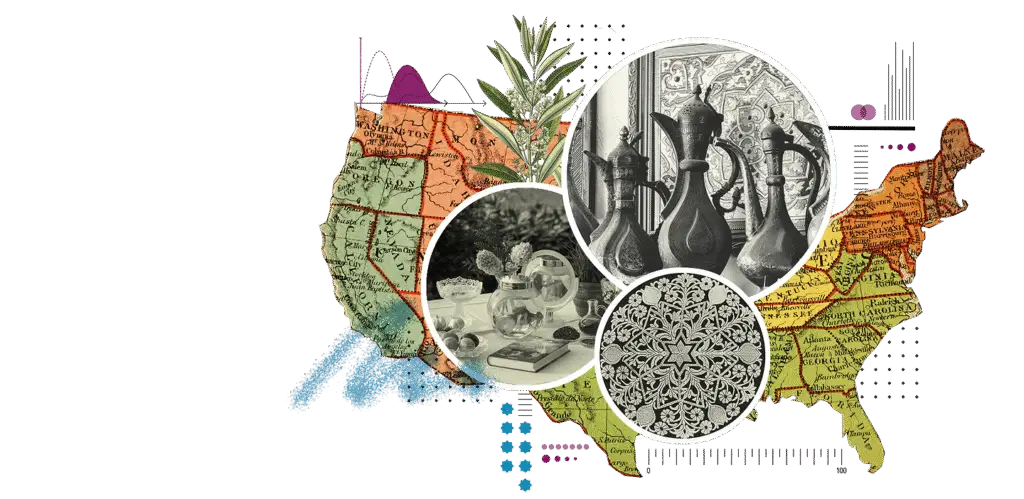
On behalf of JIMENA: Jews Indigenous to the Middle East and North Africa, we are proud to announce the release of the first-ever National Demographic Study of Sephardic & Mizrahi Jews in the United States.
Conducted at New York University under the direction of Dr. Mijal Bitton, and grounded in interviews, community roundtables, and rigorous data analysis, this study shines a light on an often underrepresented segment of American Jewish life.
As the commissioning organization, JIMENA invites scholars, educators, funders, and community members alike to explore the study’s findings and help build a Jewish future that fully embraces its Sephardic and Mizrahi heritage. The report shares national population estimates, age distribution, migration patterns, and denominational affiliations. It illustrates how culture, language, memory, and ritual shape identity across generations—from recent immigrants to multigenerational American families. And it offers clear, actionable Recommendations for Change to guide educators, philanthropists, policymakers, and community leaders committed to genuine inclusion.
We invite you to dive into the findings, reflect on their implications, and join us in shaping a Jewish future that honors and includes the full richness of Sephardic and Mizrahi life. Browse the individual subreports below, or view the full report here.

Sephardic & Mizrahi Jews in the United States:
Identities, Experiences, and Communities
On behalf of JIMENA: Jews Indigenous to the Middle East and North Africa, we are proud to announce the release of the first-ever National Demographic Study of Sephardic & Mizrahi Jews in the United States.
Conducted at New York University under the direction of Dr. Mijal Bitton, and grounded in interviews, community roundtables, and rigorous data analysis, this study shines a light on an often underrepresented segment of American Jewish life.
As the commissioning organization, JIMENA invites scholars, educators, funders, and community members alike to explore the study’s findings and help build a Jewish future that fully embraces its Sephardic and Mizrahi heritage. The report shares national population estimates, age distribution, migration patterns, and denominational affiliations. It illustrates how culture, language, memory, and ritual shape identity across generations—from recent immigrants to multigenerational American families. And it offers clear, actionable Recommendations for Change to guide educators, philanthropists, policymakers, and community leaders committed to genuine inclusion.
We invite you to dive into the findings, reflect on their implications, and join us in shaping a Jewish future that honors and includes the full richness of Sephardic and Mizrahi life. Browse the individual subreports below, or view the full report here.

Sephardic & Mizrahi Jews in the United States:
Identities, Experiences, and Communities
On behalf of JIMENA: Jews Indigenous to the Middle East and North Africa, we are proud to release the first-ever National Demographic Study of Sephardic & Mizrahi Jews in the United States. Grounded in hundreds of interviews, community roundtables, and rigorous data analysis, the study centers on the Syrian Jewish community in Brooklyn, Persian Jews in Los Angeles, Bukharian Jews in Queens, Latin Sephardic Jews in South Florida, and many others with roots across the Middle East and North Africa.
We invite scholars, educators, funders, and community members alike to delve into the findings and join us in building a Jewish future that fully embraces its Sephardic and Mizrahi heritage.
Explore national population estimates, age distribution, migration patterns, and denominational affiliations.
Discover how culture, language, memory, and ritual shape identity across generations—from recent immigrants to multigenerational American families.
Act on our Recommendations for Change—clear next steps for educators, philanthropists, policymakers, and community leaders committed to genuine inclusion.
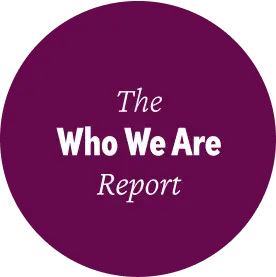
- Get to know the researchers, advisors, and partners behind this study, including the international academic committee, community leaders, commissioning organization, and supporters who made this work possible.
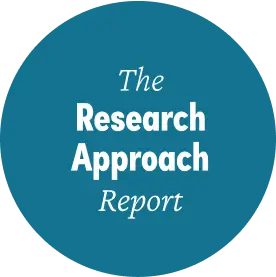
- Learn about the study's goals, research principles, and methodology, including the major frameworks used to understand Sephardic and Mizrahi U.S. Jews and communities.
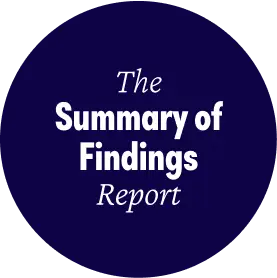
- Read an executive summary of the first-ever national study of Sephardic and Mizrahi Jews in the United States, including population data, community portraits from four key cities, and key findings about identity, migration, and inclusion in American Jewish life.

- Discover practical guidance for Jewish institutions, researchers, and practitioners on how to better include and account for Sephardic and Mizrahi Jews.
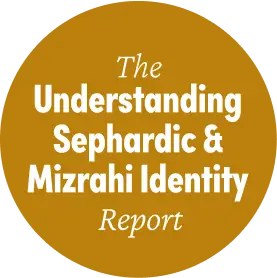
- Learn what "Sephardic" and "Mizrahi" mean, discover the history of Sephardic Jews in America, understand how immigration since 1965 changed these communities, explore their religious practices, and examine how Sephardic and Mizrahi identities intersect with questions of race and ethnicity in America.
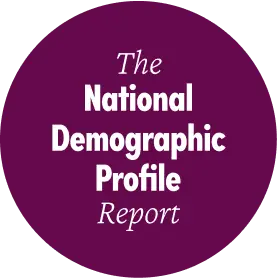
- Find out how many Sephardic and Mizrahi Jews are estimated to live in the U.S., discover the data collection methods behind these findings, and explore their demographic profiles and Jewish identities.

- Get an introduction to our in-depth studies of four Sephardic communities across America, including what they share in common, how they differ from each other, and important notes about community size estimates and research approach.

- Explore the contemporary Syrian Jewish community in Brooklyn—their history, identity, community institutions, interactions with broader society, distinctive characteristics, and the sounds, flavors, and customs that shape their daily experience.
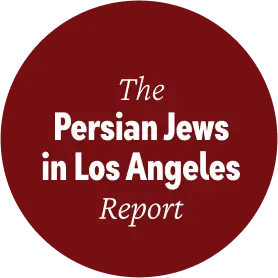
- Explore the contemporary Persian Jewish community in Los Angeles—their history, identity, community institutions, interactions with broader society, distinctive characteristics, and the sounds, flavors, and customs that shape their daily experience.

- Explore the contemporary Bukharian Jewish community in Queens—their history, identity, community institutions, interactions with broader society, distinctive characteristics, and the sounds, flavors, and customs that shape their daily experience.

- Explore the contemporary Latin Sephardic population hub in South Florida—their history, identity, community institutions, interactions with broader society, distinctive characteristics, and the sounds, flavors, and customs that shape their daily experience.
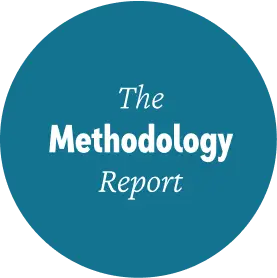
- Learn about the research methods behind this study, including how terms were defined, the institutional review process, literature analysis, quantitative and qualitative data methodology, and the key sources that informed this work.

- Explore the first national demographic study of Sephardic and Mizrahi Jews in the United States. Drawing on extensive research, the full report brings together history, lived experience, and practical recommendations to provide a more complete understanding of American Jewish life.